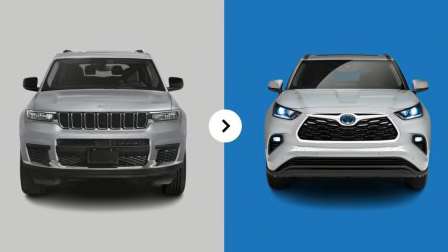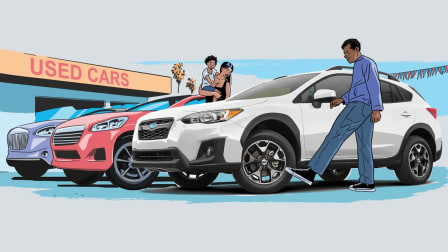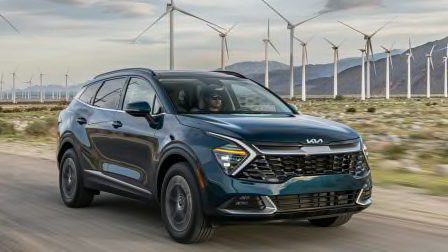Guide to Adaptive Cruise Control
How this convenience feature works to reduce your stress on long drives

Adaptive cruise control (ACC) is like traditional cruise control, but smarter. ACC systems allow you to set a desired speed until your vehicle encounters slower-moving traffic. Then it will brake to maintain a set distance from the car ahead. Once the traffic starts moving again or if there is no longer a car in the lane ahead, ACC will accelerate to resume the previous set speed. Although ACC systems may take some getting used to, our survey respondents told us they appreciated the stress relief the feature brings.
“I use the feature mostly on the freeway and in stop-and-go traffic. I find it reduces tension and fatigue,” wrote a 2020 Subaru Outback owner. A 2018 Audi Q5 driver agreed. “It is so nice to just set it and let the car worry about the traffic,” they told CR.
The systems use lasers, radar, cameras, or a combination of those. If traffic slows to a stop, most ACC systems will bring the car to a complete stop, then bring it back up to speed when traffic gets going again. Others work only within certain speeds and/or might not start to accelerate automatically.
What to Look For in an Adaptive Cruise Control System
Every ACC system works slightly differently, says Kelly Funkhouser, manager for vehicle technology at CR. Some do a better job than others at recognizing merging traffic and automatically apply the brakes, while others wait too long to slow your car, requiring the driver to take control—especially when a vehicle in front of you cuts you off with a close merge.
“Most ACC systems can only be set to speeds above 20 mph but will slow the vehicle to speeds below that in stop-and-go traffic,” she says. “There are a few systems out there that don’t bring the car all the way to a stop but instead just shut off at low speeds. That can be dangerous when you’re traveling behind another slowing vehicle.” She recommends reading the automaker’s website closely and learning about the speed ranges before using ACC while on your test drive.
ACC is meant for convenience, not as a replacement for an alert driver, Funkhouser says. So don’t use adaptive cruise control as an excuse to get distracted. “Just because the car is controlling your speed doesn’t mean that you can check out,” she says. “These systems do not do well at detecting or slowing for vehicles ahead if you approach them at a high rate of speed. The driver should always be monitoring the surrounding traffic and looking ahead for potential hazards.”




















